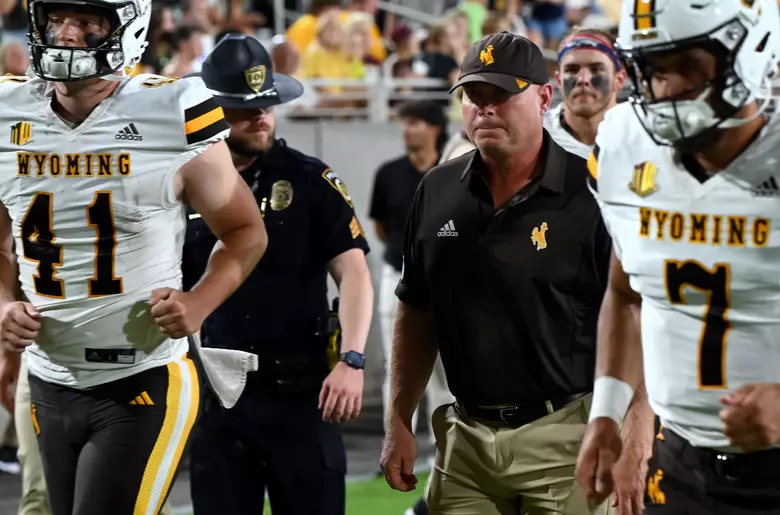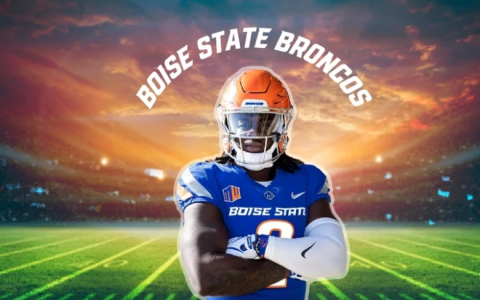Alright, so I decided to mess around with some college football prediction stuff, specifically focusing on Wyoming. Why? No real reason, just picked a team and went with it. Here’s how it went down.
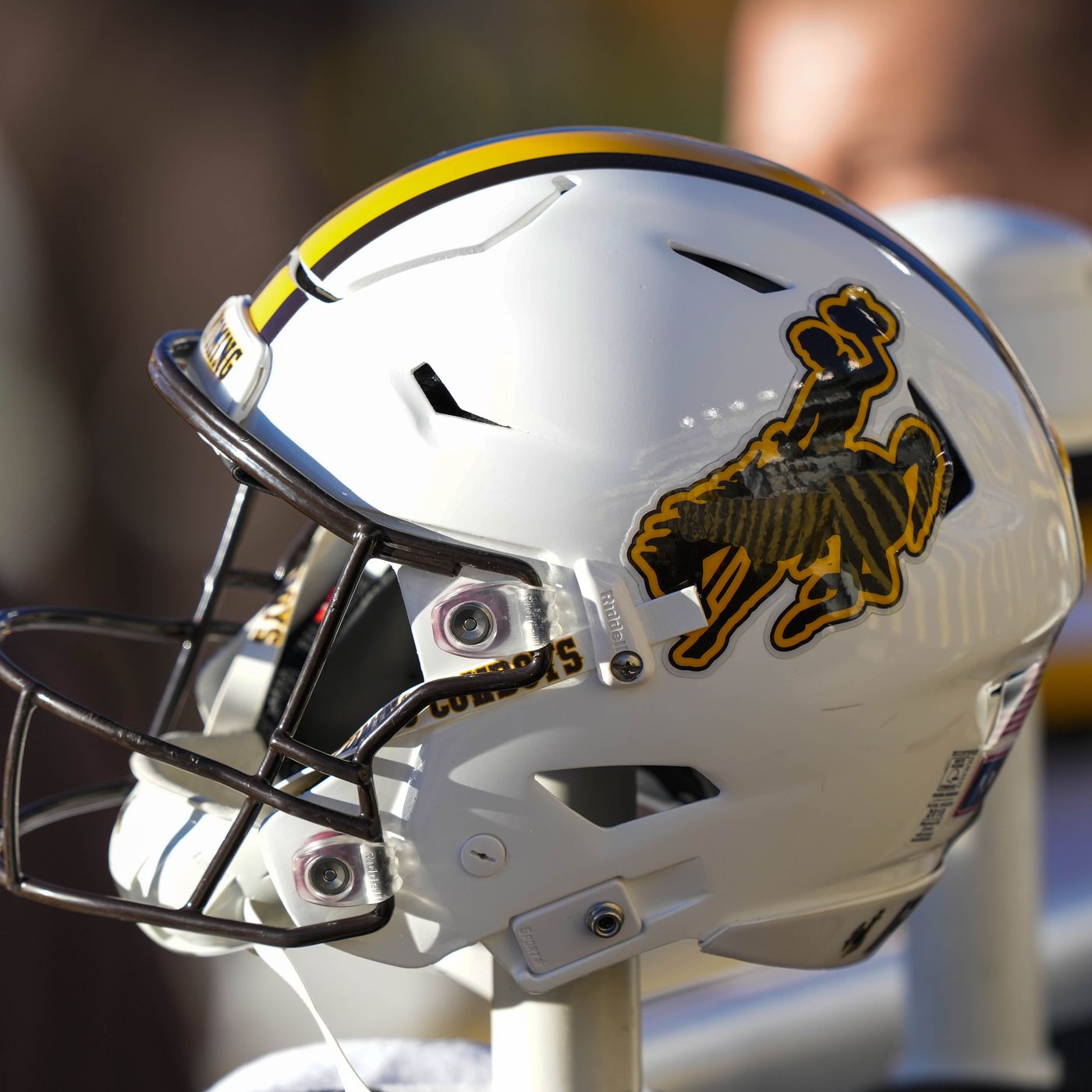
Step 1: Data, Data, Data
First things first, I needed data. Lots of it. Scraped game scores, team stats (yards per game, points allowed, etc.), and historical records from various sports websites. It was a pain, honestly. Websites change their layouts all the time, so keeping the scraper working was a constant battle.
Step 2: Cleaning Up the Mess
The data I got was super messy. Missing values, weird formatting, you name it. Spent a good chunk of time cleaning it all up. Used Python with Pandas, which helped a lot. Had to fill in missing values with averages, correct typos, and generally massage the data into a usable format.
Step 3: Feature Engineering – Making Sense of it All

Raw data isn’t enough. I needed to create “features” that the model could actually use. Stuff like:
- Win percentage over the last X games
- Average point differential
- Home vs. Away record
- Strength of schedule (based on opponent win percentages)
This part was kinda fun, trying to figure out what factors might actually influence the outcome of a game.
Step 4: Picking a Model – The Brains of the Operation
I decided to go with a simple Logistic Regression model. Nothing too fancy, just wanted something that was easy to understand and wouldn’t take forever to train. I used scikit-learn in Python for this. There are way more advanced models out there, but I wanted to start simple.
Step 5: Training and Testing – Letting the Model Learn
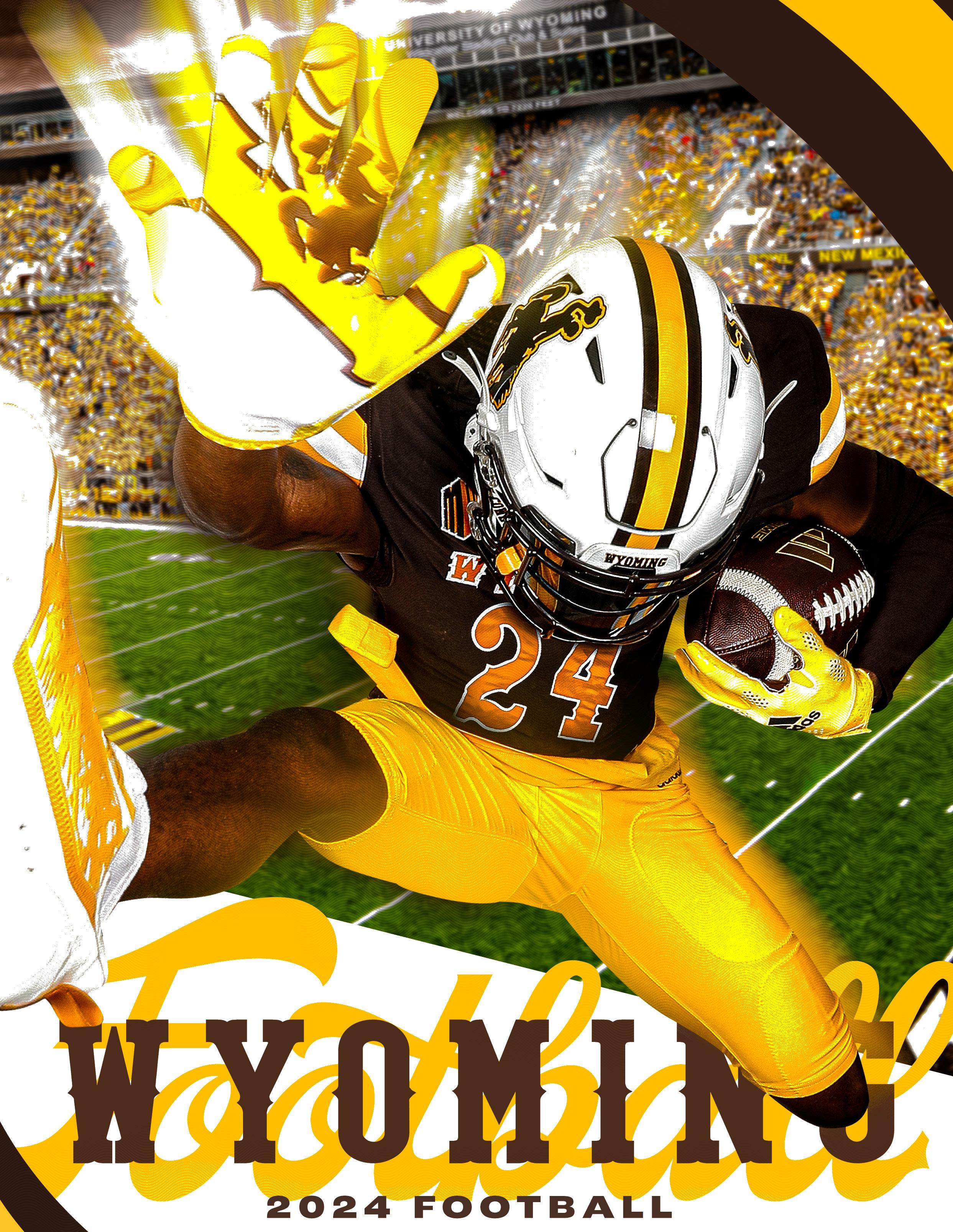
Split the data into training and testing sets. Trained the model on the training data, then used the testing data to see how well it performed. This is crucial – you don’t want to train and test on the same data, or you’ll just get an over-optimistic result.
Step 6: Evaluation – How Good (or Bad) Is It?
Checked the model’s accuracy, precision, and recall. Honestly, the results weren’t amazing. Around 60-65% accuracy. Not exactly Vegas-level predictions, but better than a coin flip, I guess. There’s definitely room for improvement.
Step 7: Tweaking and Improving – The Endless Cycle
Tried a few things to improve the model:
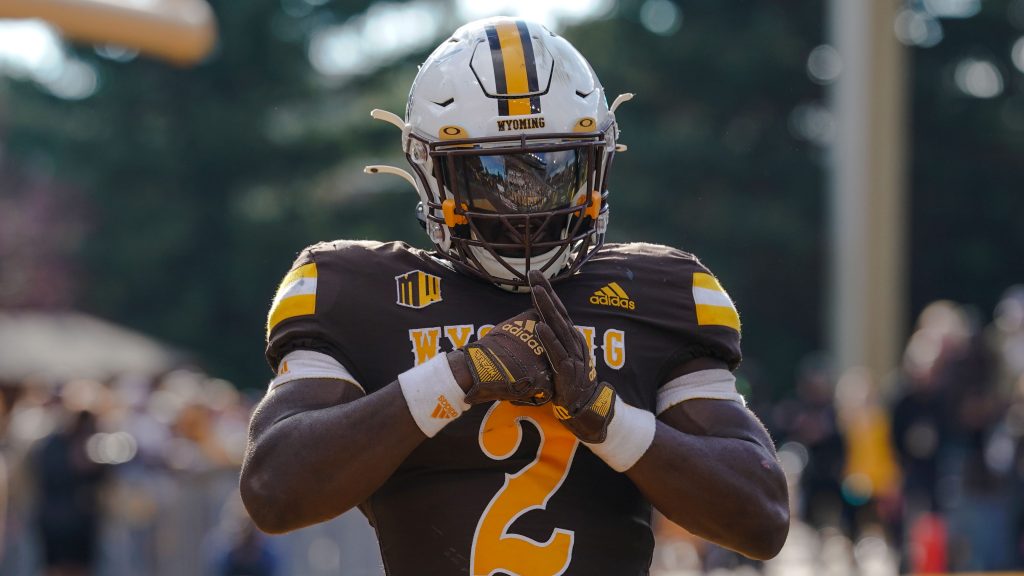
- Added more features (e.g., weather data, betting odds)
- Tried different models (e.g., Random Forest)
- Tuned the hyperparameters of the models
Some things helped a little, but nothing made a HUGE difference. College football is just inherently unpredictable, I think.
Step 8: Deployment (Sort Of)
I wouldn’t exactly call it “deployment,” but I built a simple script that takes two team names as input and spits out a prediction. It’s more of a fun toy than anything else.
Lessons Learned
- Data cleaning is a HUGE part of any data science project. Be prepared to spend a lot of time on it.
- Feature engineering is where you can really make a difference. Think carefully about what factors might be relevant.
- Don’t be afraid to start simple. A simple model that you understand well is often better than a complex model that you don’t.
- College football is hard to predict!
Overall, it was a fun little project. I didn’t make any accurate predictions that made me rich, but I learned a lot about data science and college football in the process. Maybe next time I’ll try predicting something easier, like the weather… or maybe not.
